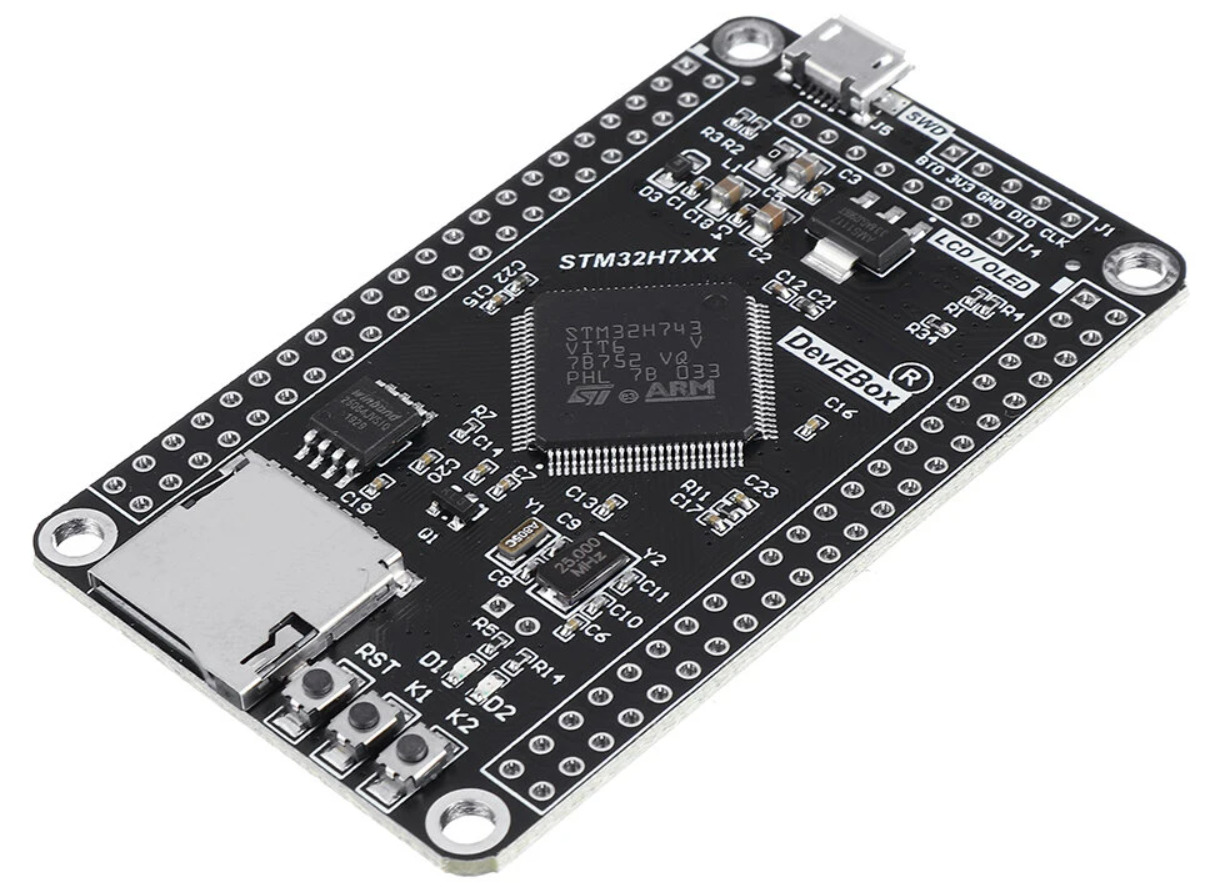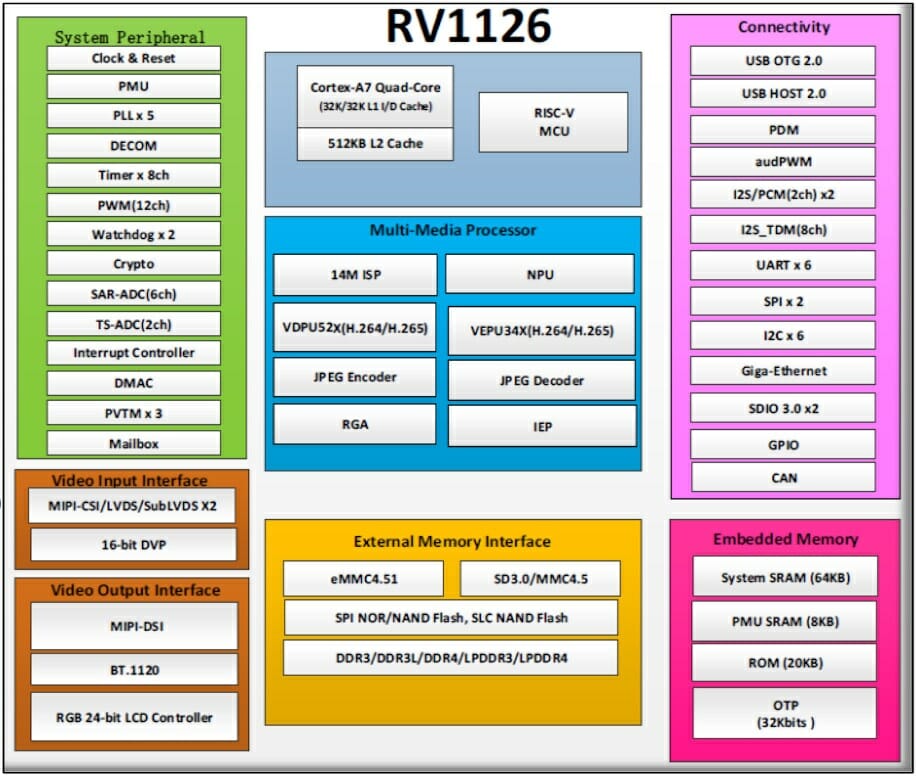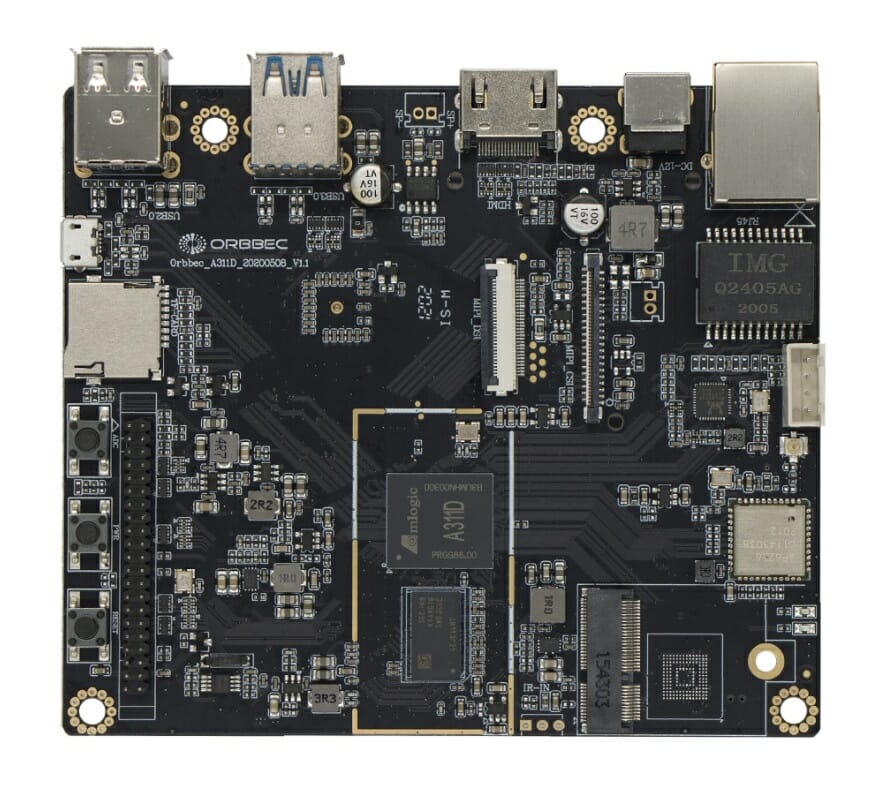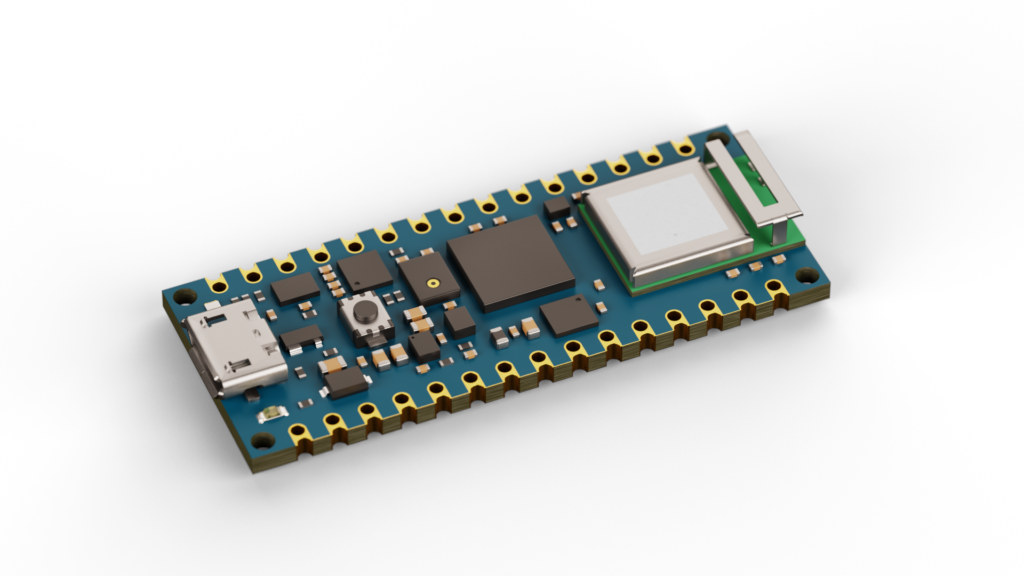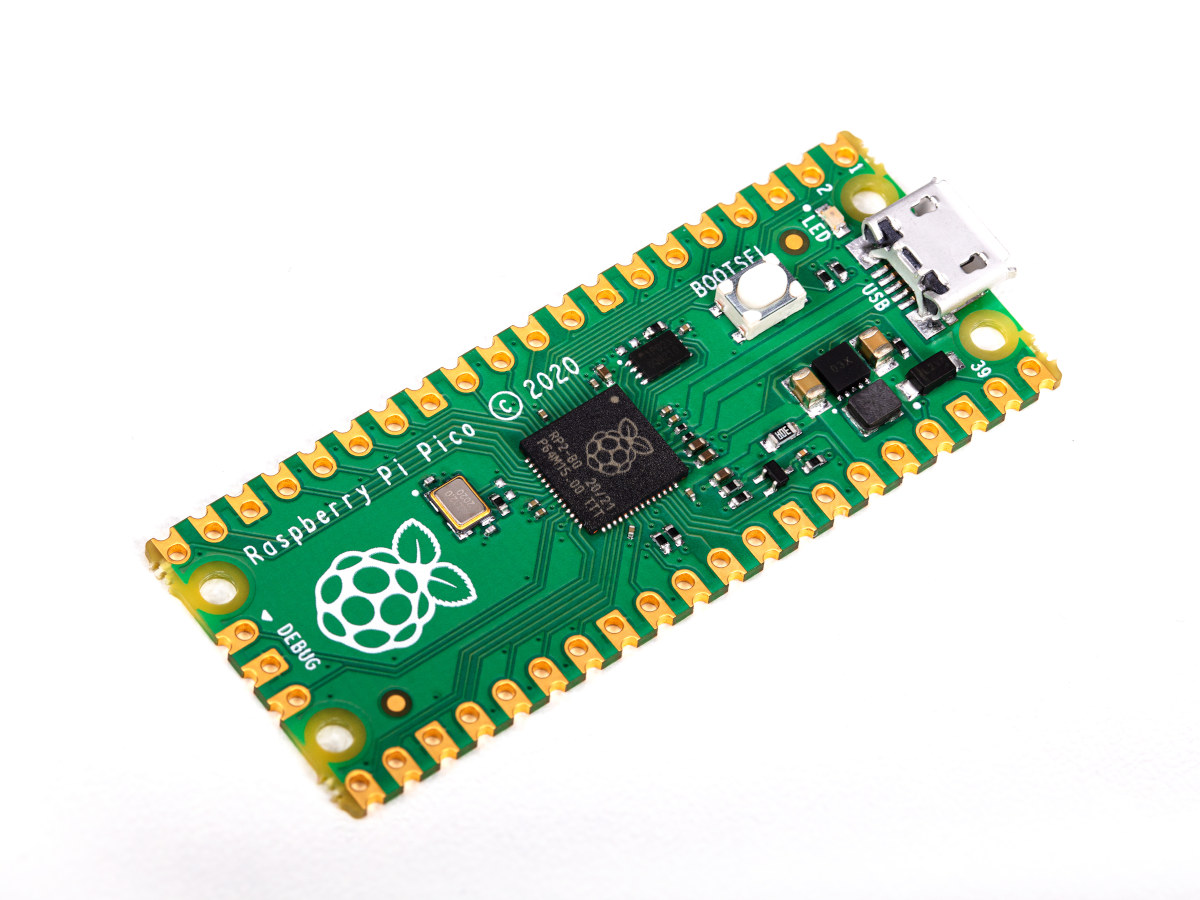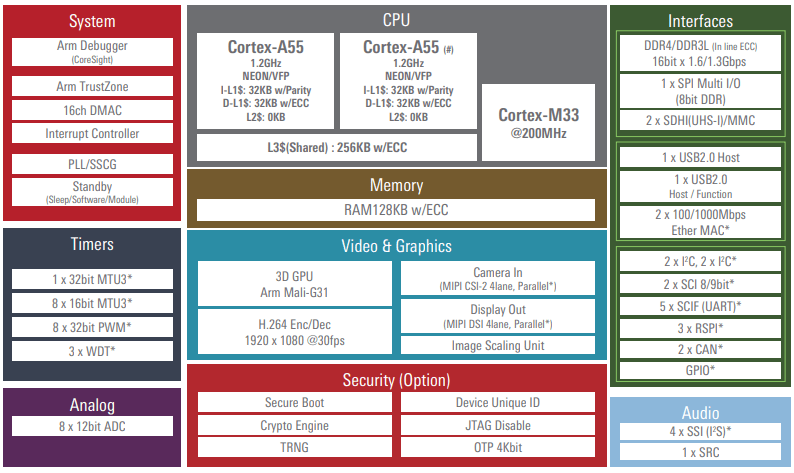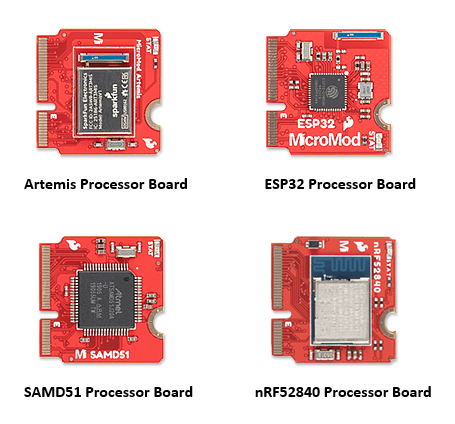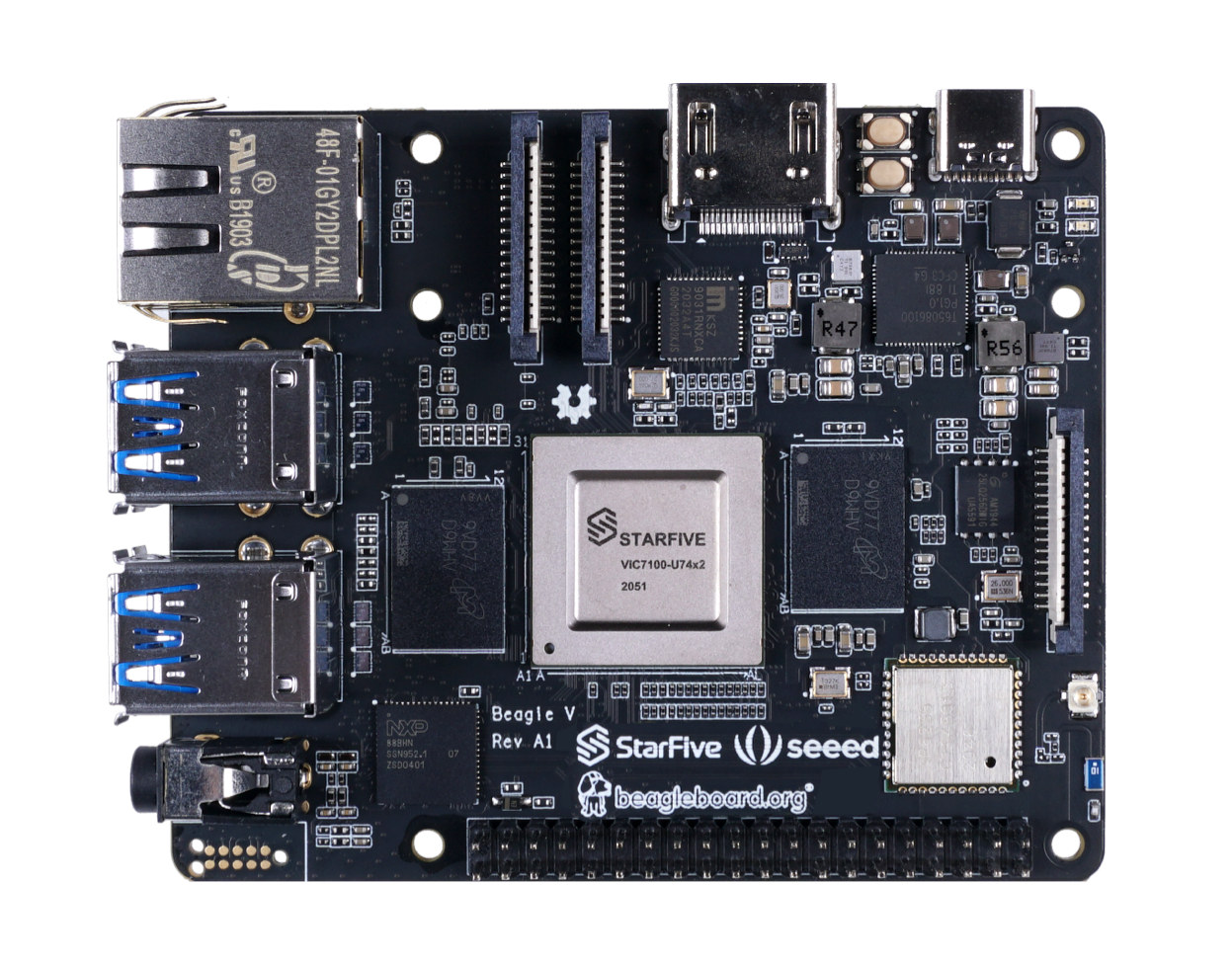When it comes to STMicroelectronics’ STM32H7 series, there are three product lines- Dual-core lines, Single-core lines, and Value lines. ARM Cortex-M7 based – STM32H7 MCU series is capable of delivering 1327 DMIPS/ 3224 CoreMark. These MCUs are designed for factory automation (HMI, process control, power management), connectivity & security (Alarm panel, Wireless Modules). To continue with the growth of the STM32H7 series, we have China-based MCUdev DevEBox’s STM32H7XX-M development boards taking a single-core line and a value line module. The two STM32H7XX-M development boards use STM32H743VIT6 and STM32H750VBT6 core modules. The STM32H743VIT6 comes from a single core line that offers ARM Cortex-M7 gets up to 2 Mbytes of dual-bank flash memory and 1 Mbytes of RAM. While the STM32H750VBT6 module from the value line is one of the cost-effective STM32H7 devices featuring 128 Kbytes of flash memory. STM32H7 Development Boards These boards from MCUdev measure approximately 40mm x 68mm in […]
Rockchip RV1126 AI Camera SoC features 2.0 TOPS NPU, promises 250ms fast boot
The Rockchip Developer Conference that took place at the end of November 2020 allowed us to learn more about RK3588, RK3566, and RK3568 64-bit Arm processors for AIoT applications. But the company also presented additional details about camera SoC’s, namely the dual-core RV1109 and quad-core RV1126, equipped with a 1.2 TOPS and 2.0 TOPS respectively, and both capable of delivering a 250ms fast boot. Rockchip RV1109 and RV1126 share many of the same specifications: CPU RV1109 – Dual-core Arm Cortex-A7 @ 1.5 GHz + RISC-V MCU @ 400 MHz RV1126 – Quad-core Arm Cortex-A7 @ 1.5 GHz + RISC-V MCU @ 400 MHz GPU – 2D graphics engine NPU RV1109 – 1.2 TOPS with support for INT8/ INT16 RV1126 – 2.0 TOPS with support for INT8/ INT16 Memory – 32-bit DDR3/DDR3L/LPDDR2/LPDDR3/DDR4/LPDDR4 up to 4GB RAM Storage – eMMC 4.51, Serial SPI NOR Flash or NAND flash with fast booting support, […]
Zora P1 Amlogic A311D Development Board interfaces with Orbbec 3D Cameras
We have already seen the powerful Amlogic A311D powered Khadas VIM3 SBC, and Orbbec announced the Zora P1 development board for Orbbec 3D cameras, supporting robotics, gaming, smart homes, etc. Some of the other products showcased at the CES 2021 by Orbbec include its first 3D sensor with time-of-flight (TOF) technology, the latest Astra+ camera, and a real-time industrial 3D camera. “Innovations in 3D imaging, combined with broader advances like 5G, artificial intelligence, and ultra-fast processors, are transforming the application landscape for designers and engineers,” said David Chen, co-founder, and director of engineering at Orbbec. “Our new camera with time-of-flight (TOF) technology is a great example. Its high resolution and tracking capabilities make it perfect for all kinds of products including fall detection, security, even at-home yoga and exercise products.” Orbbec’s Zora P1 Development Board Zora P1 is a processing board for developers and enthusiasts to integrate 3D imaging and associated computing tasks for demanding industrial applications. Orbbec has specially designed this long-lasting solution to work with its 3D […]
Third-party Raspberry Pi RP2040 boards from Arduino, Adafruit, Sparkfun and Pimoroni
I’ve just written about the launch of the Raspberry Pi Pico board and Raspberry Pi RP2040 MCU, which, as I explained in the announcement, could be used with third-party boards, but what I was not made aware during the embargo was that RP2040 boards were already being worked on, and other companies jointly announced their own custom Raspberry Pi Pico compatible board with Adafruit, Arduino, Pimoroni, and Sparkfun joining the party. Arduino Nano RP2040 Connect Board When I first wrote about Raspberry Pi Pico, I really saw it would be a competitor to Arduino boards, but instead Arduino and Raspberry Pi joined hands to design Arduino Nano RP2040 Connect with the board including 16MB external SPI flash, a u-blox NINA WiFi & Bluetooth module, an STMicro MEMS sensor with 9-axis IMU and microphone, and the ECC608 crypto chip. That obviously means Arduino Core will also support the new RP2040 MCU. […]
$4 Raspberry Pi Pico board features RP2040 dual-core Cortex-M0+ MCU
The Raspberry Pi Foundation introduced the Linux-capable Raspberry Pi board in 2012 to teach programming and computers. Since then, the company has introduced models with faster processors, more memory, faster interfaces, culminating with the launch of Raspberry Pi 4 in 2019. The board also comes with a 40-pin header to teach electronics, but relying on a Linux SBC to blink a LED, gather data from sensors, or controlling servos is a bit over the top. So the Raspberry Pi Foundation decided to create their own MCU board called Raspberry Pi Pico powered by RP2040 dual-core Cortex-M0+ microcontroller designed in-house by the foundation. Raspberry Pi RP2040 microcontroller Before we look at the board, let’s check out RP2040 specifications highlights: Core – Dual Cortex M0+ cores up to 133 MHz (48MHz default) Memory – 264 kB of embedded SRAM in 6 banks Peripherals 30 multifunction GPIO 6 dedicated IO for SPI Flash […]
Renesas RZ/G2L MPUs Feature Cortex-A55 & Cortex-M33 Cores for AI Applications
Renesas Electronics Corporation announced RZ/G2L MPUs, allowing enhanced processing for an extensive variety of AI applications. The RZ/G2L group of 64-bit MPUs includes three new MPU models featuring Arm Cortex-A55, and an optional Cortex-M33 core. These are RZ/G2L, RZ/G2LC, and RZ/G2UL MPUs. The Cortex-A55 CPU core typically delivers approximately 20 percent improved processing performance compared with the previous Cortex-A53 core, and according to Renesas, is around six times faster in “essential processing for AI applications”. The company already has four mid to high-end design level MPUs including RZ/G2E, RZ/G2N, RZ/G2M, and RZ/G2H, with combinations of Cortex-A53 and Cortex-A57 cores. The new RZ/G2L group of three MPUs forms the entry-level design with Cortex-A55. Hence, the seven MPU models together provide scalability from entry-level to high-end design. Common Key Features in RZ/G2L, RZ/G2LC, and RZ/G2UL MPUs Up to 2x Cortex-A55 cores Cortex-M33 core Camera interface (MIPI-CSI) Display interface (Parallel-IF) USB 2.0 interface […]
MicroMod modular ecosystem offers M.2 microcontrollers cards and carrier boards
MicroMod is a modular interface ecosystem for quick embedded development and prototyping. MicroMod comes with two components, that is a microcontroller “processor board” and a carrier board. PC industry’s M.2 connector is the interface between these two components. The carrier boards are for the usage of various peripherals and the processor board act as the brain of the application system. MicroMod processor board has a dimension of 22×22 mm that can be easily fitted on the carrier boards. Although, the original M.2 standard was dedicated to swapping out peripherals where a user could swap one component with the other one. The MicroMod standard is for swapping out microcontrollers according to the functional and application requirements. MicroMod Processor Boards Artemis Processor Board comes with an Ambiq Apollo 3 Blue Arm Cortex-M4F with BLE 5.0 running up to 96MHz and a power rating of less than 5mW. It also supports the TensorFlow […]
$119+ BeagleV powerful, open-hardware RISC-V Linux SBC targets AI applications
Running Linux on RISC-V hardware is already possible, but you’d have a choice of low-end platforms like Kendryte K210 that’s not really practical for anything, or higher-end board like SiFive HiFive Unmatched or PolarBerry for which you’d have to spend several hundred dollars, or even over one thousand dollars to have a complete system. So an affordable, usable RISC-V Linux SBC is clearly needed. We previously wrote about an upcoming Allwinner RISC-V Linux SBC that will be mostly useful for camera applications without 3D GPU, and a maximum of 256MB RAM. But today, we have excellent news, as the BeagleBoard.org foundation, Seeed Studio, and Chinese fabless silicon vendor Starfive partnered to design and launch the BeagleV SBC (pronounced Beagle Five) powered by StarFive JH7100 dual-core SiFive U74 RISC-V processor with Vision DSP, NVDLA engine, and neural network engine for AI acceleration. BeagleV specifications: SoC – StarFive JH7100 Vision SoC with: […]


